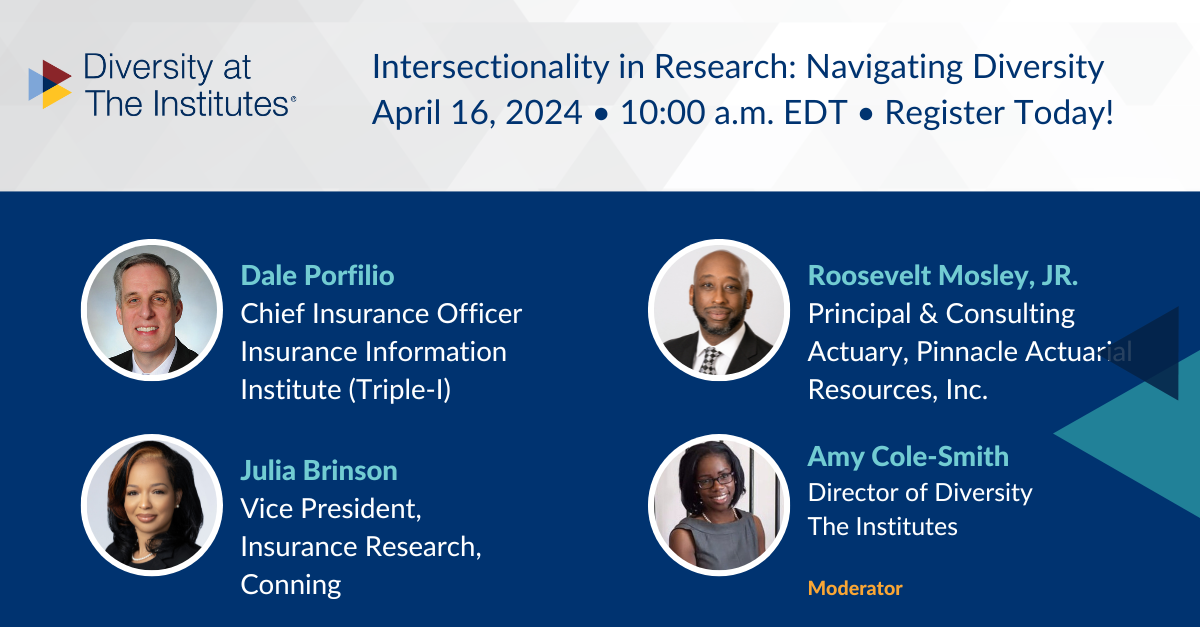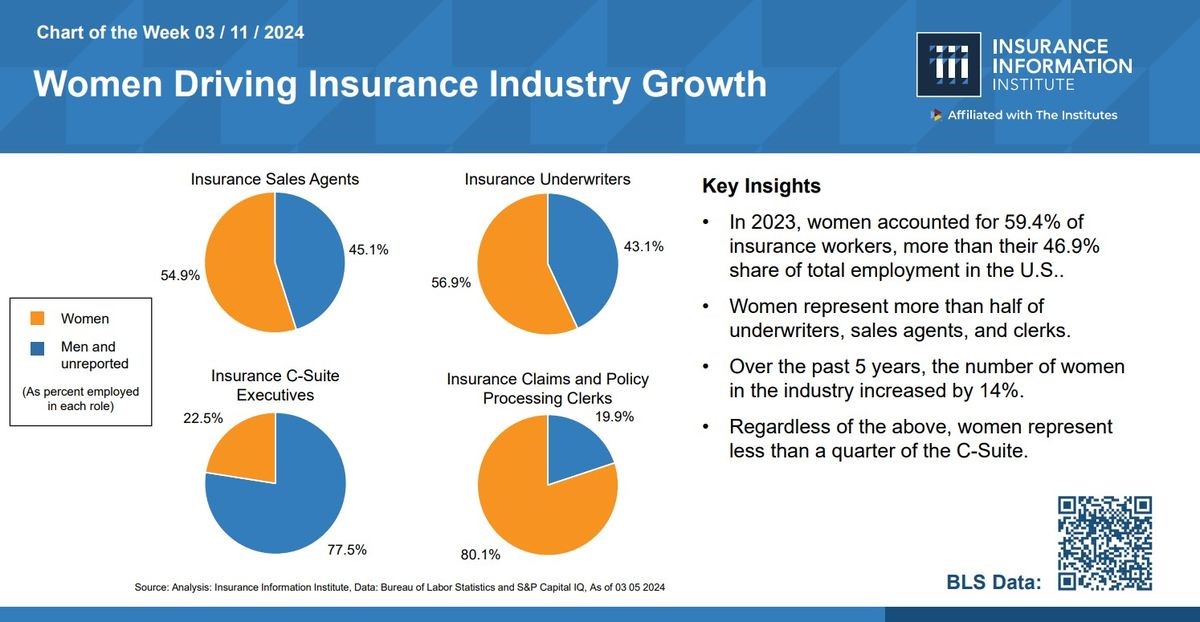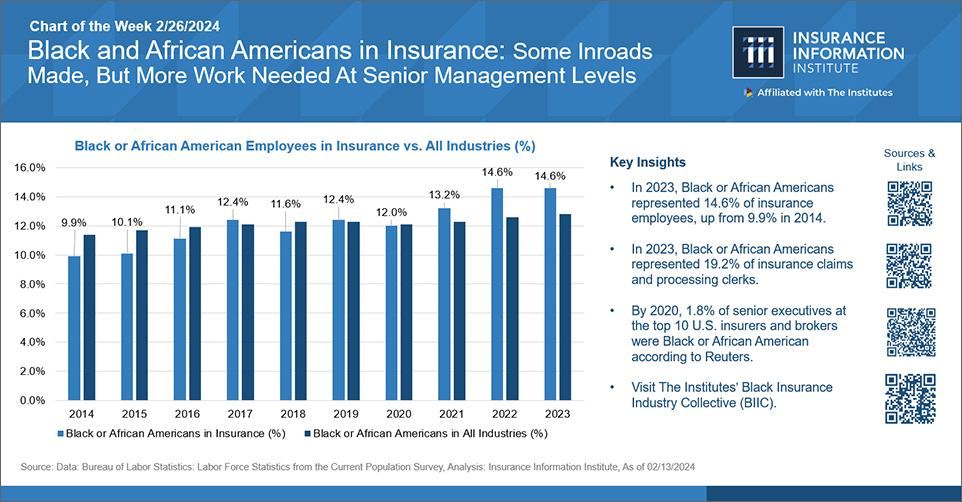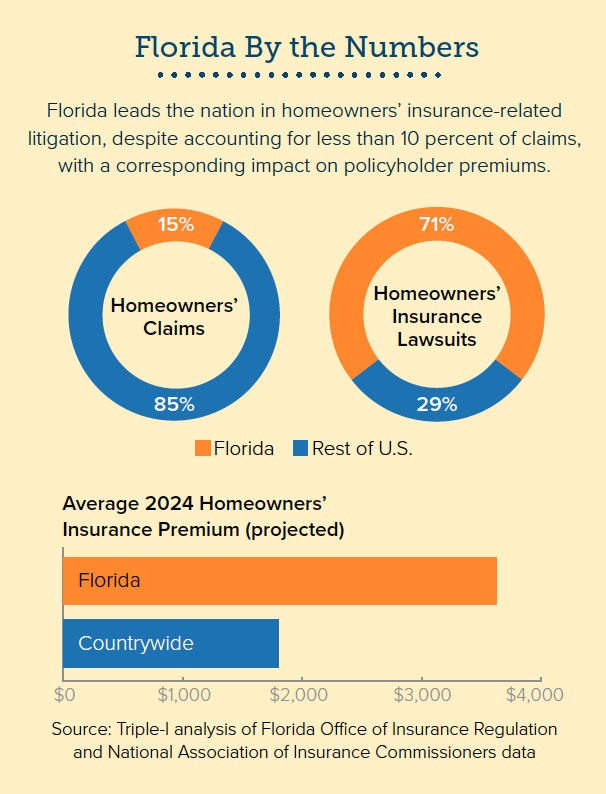
An annual report on securities class actions from Cornerstone Research indicates the median settlement amount increased 11%, and the proportion of settlements of at least $100 million climbed to nearly two-thirds of the total settlement dollars in 2023.
Research from Westfleet Advisors focused on third-party litigation funding (TPLF) for US commercial litigation suggests the David versus Goliath narrative surrounding the early years of the market is growing tenuous. The overall percentage of commitments allocated to Big Law continues to increase, from 28% in 2022 to 35% in 2023.
These and other persistent upward trends in litigation, settlement, and other legal costs continue to have implications for insurers, the policyholders they serve, and, ultimately, consumer prices.
Mega settlements and institutional investors as lead plaintiffs are increasing.
Cornerstone reports that despite a more than 20% decline in the number of settlements, total settlement dollars remained approximately the same, standing at little over half of the 2016 peak.
There were 83 securities class action settlements in 2023, with an approximate total value of $3.9 billion, versus 105 settlements in 2022, totaling $4.0 billion. Other highlights in the 2023 data:
- The median settlement amount of $15 million is the highest since 2010.
- The nine “mega” settlements in 2023–the highest annual frequency since 2016–ranged from $102.5 million to $1 billion.
- All of the mega settlements included an institutional investor as the lead plaintiff.
- Only 6% of cases settled for less than $2 million, the lowest percentage since 2013.
Analysis indicates that settlements were also higher in cases involving certain factors: “accounting allegations, a corresponding SEC action, criminal charges, an accompanying derivative action, an institutional investor lead plaintiff, or securities.” Further, an increasing number of cases that settle at later stages involved an institutional lead plaintiff, continuing the trend from 2022.
Results also suggest that drawing out cases can amplify other factors, such as total assets and median “simplified tiered damages,” a Cornerstone term that refers to the model used to estimate settlement amounts. For both of these categories in 2023, median amounts for cases after class certification rulings were twice that of cases that settled before these rulings were made. However, in the five-year period from 2019 through 2023, over 90% of cases were settled before filing a motion for summary judgment.
Accompanying derivative actions are down.
Whereas a securities class action is filed on behalf of shareholders, a shareholder derivative action is typically brought by a shareholder on behalf of and (arguably) for the benefit of the company (usually against the company’s directors and/or officers). Derivative actions typically only happen in parallel with class action lawsuits, and the majority don’t result in monetary settlements (except for attorney fees). Instead, the plaintiff wins tend to center around measures for reforming corporate governance or operational controls.
Other research from Cornerstone shows the probability of a monetary settlement for these lawsuits increases when the associated class action settlement is rather large. Also, historically, securities actions with accompanying derivative litigation tend to settle for higher amounts than those that don’t carry parallel derivative claims. Thus, Cornerstone also tracks the percentage of cases involving accompanying derivative actions. In 2023, the portion was 40%, the lowest since 2011.
New capital commitments decreased for commercial litigation TPLF, but claim monetization increased.
With a reported 39 active funders, 353 new deals, and $15.2 billion AUM, commercial litigation (versus consumer litigation) receives the majority of third-party litigation funding (TPLF). Investors target intellectual property, arbitration, business torts, contract breaches, and, of course, class action suits. These TPLF deals, also referred to as transactions or commitments, are arranged between funders and corporate litigants or law firms. Westfleet Advisors’ most recent market report on TPLF is the fifth edition, and it covers transactions from July 1, 2022, to June 30, 2023. Some noted exceptions and data adjustments are described in the report.
The report reveals that despite some funders leaving the market and a 14% decrease in new capital commitments, key data points remained close to amounts tracked for last year. For example, attorneys still make the majority of these deals with a 64% share of the agreements, in contrast to only 36% for clients. Patent litigation is still reaping the largest amount of funds for a single legal area, about 19% of new commitments. Figures for type of deal and average deal size also remain fairly stable.
However, some annual numbers have increased, highlighting an ongoing strategic shift in TPLF use. For the third year in a row, the report noted a rise in capital allocated for the monetization of claims, with 21% (versus 14% in 2022) going to new commitments. The biggest law firms (ranked in the AmLaw 200 according to gross revenue) have increased their use of TPLF, snagging 35% of the new deals. Arguably, both trends weaken the “David vs Goliath” narrative, and commercial TPLF may evolve to be less about helping scrappy firms and plaintiffs and more about extracting profits from litigation.
Drawn out litigation and more outsized settlements may have implications for insurance coverage.
Triple-I and other industry thought leaders define Legal System Abuse as policyholder or plaintiff attorney actions that unnecessarily increase the costs and time to settle insurance claims. Qualifying actions can arise from attorneys or clients drawing out litigation to reap a larger settlement simply because TPLF investors take such a giant piece of the settlement pie. As there is little transparency around the use of TPLF, insurers and courts have virtually no leeway in mitigating any of this risk.
Thus, as with other channels for potential legal system abuse, TPLF use is nearly impossible to forecast and mitigate. Increases in litigation and claim costs have threatened the affordability and availability of many other areas of insurance coverage. TPLF can impact product lines such as Directors and Officers (D&O) in commercial litigation via securities class actions. TPLF can produce a financially counterproductive effect for plaintiffs by extracting a disproportionate amount of value from settlements, weakening the primary purpose of a financial payout: to enable the claimant to restore losses.
Nonetheless, insurers seek to carefully manage these risks through underwriting practices, policy exclusions, and setting appropriate reserves to mitigate the financial impact. Meanwhile, Triple-I and various other stakeholders have called for a regulatory rein-in on TPLF to increase transparency. To keep abreast of the conversation, follow our blog and check out our regularly updated knowledge hub for Legal System Abuse.











